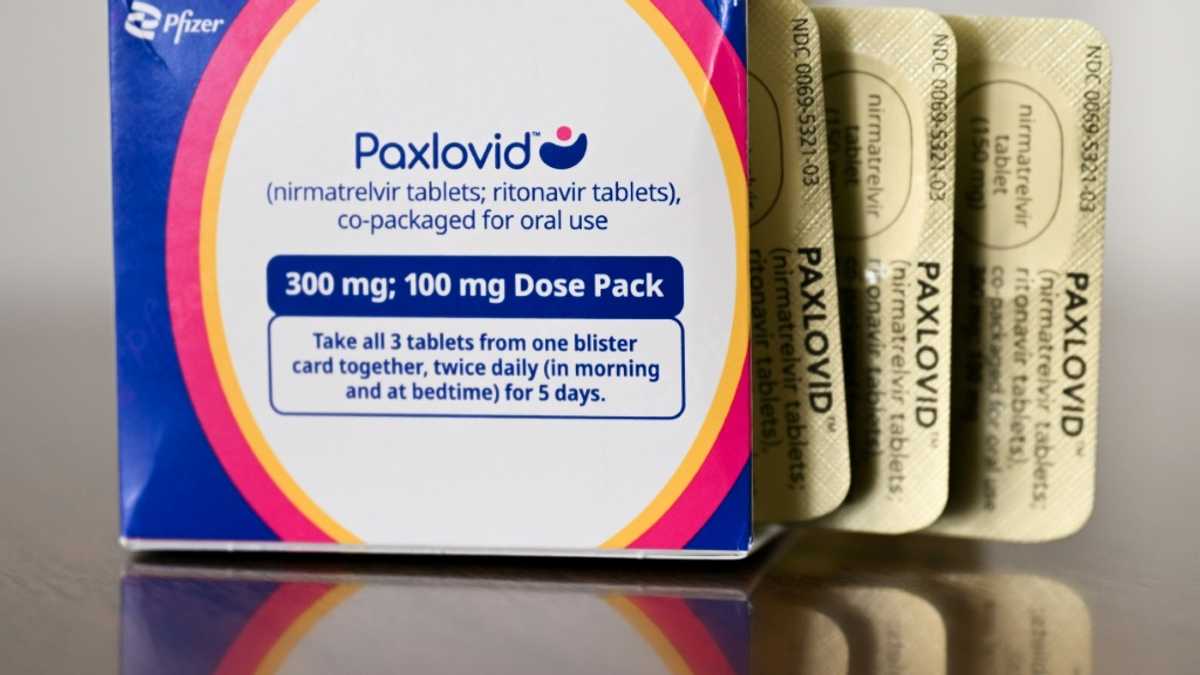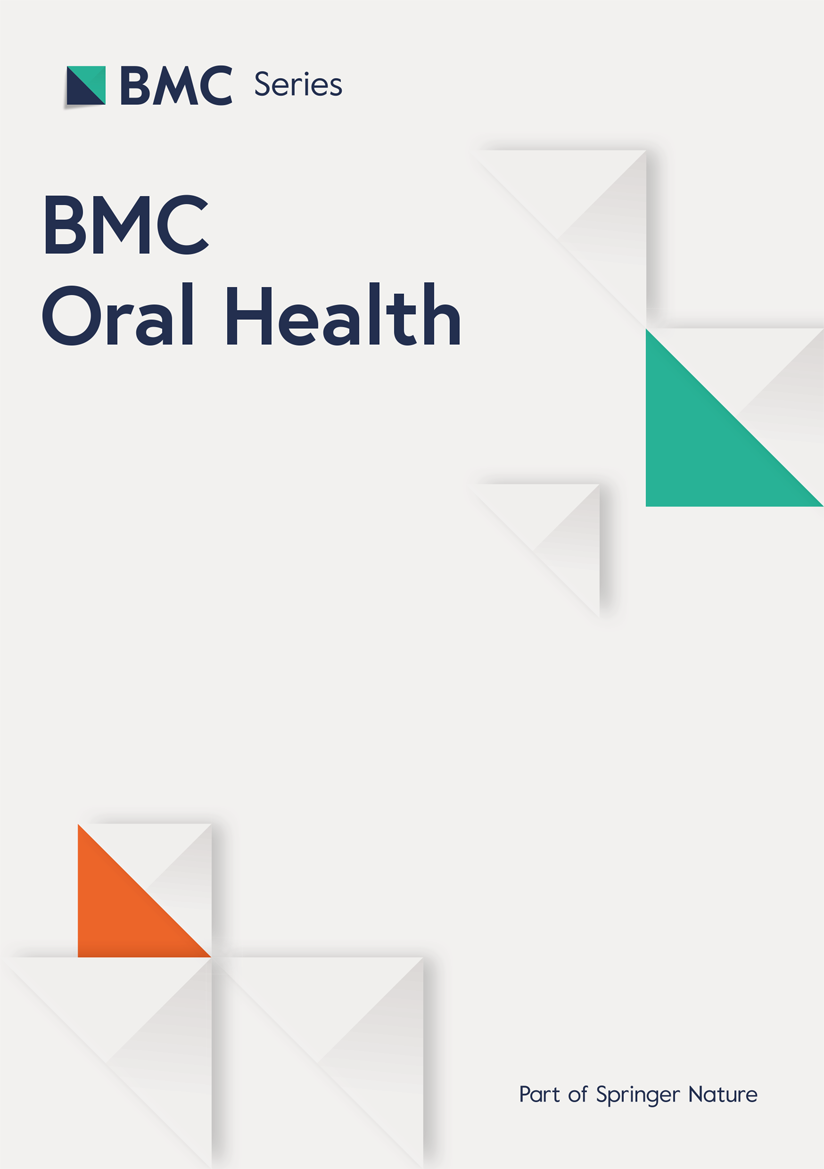BMC Public Health volume 25, Article number: 1229 (2025) Cite this article
People who use non-injection drug use are at risk of transitioning to injecting drugs, which increases their vulnerability to HIV and other blood-borne infections. This study aimed to investigate the correlates of the duration between the first drug use and the first drug injection among people who inject drugs (PWID) in Iran, as well as the reasons for injection initiation.
We analyzed data from the fourth national bio-behavioral surveillance survey among PWID in Iran, conducted in 2020 across 11 cities using respondent-driven sampling (n = 2,684). A generalized linear mixed model with a gamma-distributed dependent variable and log link function was used to investigate the correlates of transition time from non-injection to injection drug use.
Among 2,356 participants included in the analysis, the mean ± SD of the duration between the first drug use and the first drug injection was 9.37 ± 6.8 years. Factors associated with earlier injection initiation included: age under 30 years (p-value < 0.001), being single (p-value < 0.001) or divorced/widowed (p-value = 0.007), history of incarceration (p-value = 0.001), sexual debut before age 18 (p-value < 0.001), and history of depression (p-value < 0.001). Peer influence (665;29.1%) and pleasure-seeking behavior (534; 23.3%) were the most common motives for injection initiation.
The transition to injection drug use among PWID in Iran often occurs within a decade of initial drug use and is influenced by demographic, social, and psychological factors. Prevention strategies should focus on early intervention for at-risk youth, address mental health needs, and leverage peer influence. Policymakers should prioritize evidence-based, multi-faceted approaches that target both individual and structural factors to delay or prevent the transition to injection drug use and reduce associated health risks.
Globally, around 11 million people inject drugs, and almost 1.4 million of them are living with HIV [1]. Based on available information, the Middle East and North Africa (MENA) region has an estimated 349,500 − 437,000 people who inject drugs (PWID) [2]. Meanwhile, MENA’s injecting drug use estimated prevalence of 20.0 per 10,000 adults is lower than the global average [3]. According to a recent study published in 2023, the annual prevalence of injecting drugs in Iran was estimated at 459 per 100,000 population. Although drug injection is a significant problem in Iran, it does not reach the extreme levels seen in Afghanistan or Egypt [3].
In recent decades, a significant change in the pattern of substance use has been observed, and the type of drug may change the way of consumption [4, 5]. In Iran, while heroin remains the most frequently used drug during the last decade, opium use has decreased, and methamphetamine use has increased among PWID [6]. The most common drugs among entire population in Iran were opium (2534 per 100,000 population), hashish (849 per 100,000 population), stimulants (methamphetamine, ecstasy pills, cocaine, and Ritalin) (842 per 100,000 population), heroin/crack (578 per 100,000 population), and drug injection (459 per 100,000 population) [7]. High-risk behaviors is considered an international concern threatening public health [8] and it is associated with a variety of consequences, such as fatal overdose, HIV, and other blood-borne infections, which can lead to more deaths in PWID [9]. These consequences are occurring in several parts of the world, especially in low and middle-income countries, because of their high-risk behaviors such as needle and syringe sharing, the most common risky behaviors in this group [10, 11].
Based on the previous studies, PWIDs used drugs such as opioids in the way of non-injection before entering the injection stage [12, 13]. Several factors may contribute to the transition from non-injection to injection drug, which is in a wide range of individual factors, economic issues, and social network characteristics [14]. Age at first drug use, duration of drug use and school dropout in the context of individual factors, unemployment, family history of injections, and friends or intimate partners who inject drugs as features of social networks, also financial conditions, and type of non-injected drugs may be effective in this transmission path [15, 16, 17].
Iran has implemented harm reduction policies since 2002 to reduce injection initiation among those with a history of non-injection drugs [18]. For instance, several centers in Iran provide comprehensive and innovative programs to prepare services for key populations. These include a community-based drop-in center (DIC), voluntary counseling and testing (VCT) centers, and harm reduction centers where opioid agonist therapy (OAT) and other harm reduction supplies are available for people with high-risk behaviors such as PWID to reduce risky behaviors and its associated harms by behavioral interventions [19, 20, 21].
In addition, current studies on polysubstance use and its role in the transition to injecting drugs requires further investigation [22]. In particular, social and psychological factors such as peer influence and pleasure-seeking behavior are not fully understood [22]. Polysubstance use can have potential effects on increased frequency of injection and risk of infectious diseases. In addition to opioids and stimulants, other substances such as cannabis, alcohol, and inhalants should also be considered [23]. Therefore, to better understand the transition to injecting drugs, the interaction between pre-injection polysubstance use patterns and other variables should be examined [24].
Nevertheless, the available information regarding the factors and reasons that can affect the transition to drug injection is rare. So, raising the awareness of people and authorities about this issue could help to develop proper intervention programs for key populations such as PWID [14]. In addition, understanding the factors that affect the transition from non-injection drug use to injection initiation can help to identify at-risk individuals and also adopt effective prevention strategies. Since in most previous studies conducted in the context of Iran, investigating the transition from non-injection to injection drug use was not a main objective of the study, and this study was conducted on a national dataset, little information is available in this regard, and the results of this study can be helpful. Therefore, this study aimed to (1) investigate the correlates of the duration between the first drug use and the first drug injection. (2) Provide the main reported reasons for initiation of injection among PWID in Iran.
In this cross-sectional study, data from the fourth national bio-behavioral surveillance survey (BBSS) of Iranian PWID were conducted from July 2019 to March 2020 in 11 cities, using respondent-driven sampling (RDS). The cities were selected by study investigators following consultations received from the Ministry of Health to represent different regions across the country [25]. This method recruited participants by non-randomly selecting seeds after obtaining verbal informed consent. Three referral coupons, valid for 3 weeks, were provided for each seed and participants were trained to bring them to up to three peers and invite them to participate in the study. This process continued until we reached the target sample size. Eligible participants were 18 years or older, self-reported injecting drugs during the past 12 months, and had Iranian citizenship and a valid referral RDS coupon. The details of the study design and procedures have been previously published [26]. Briefly, data collection was done through face-to-face interviews with a structured questionnaire consisting of information about socio-demographics, non-injection and injection drug use, sexual practices, knowledge about STI, HIV, and HCV, history of HIV/HCV testing, care-seeking behaviors, and drug use treatments. Participation was anonymous, and all participants provided verbal informed consent for biological and behavioral data collection before study enrollment and received incentives. Our previous round of BBSS was in 2014 [27].
The main outcome variable was the time interval (in years) between the first drug use and first injection, determined by participants’ self-reported ages of initiating non-injection and injection drug use. We asked the study participants to report at what age they first used non-injection drugs, and at what age they first injected drugs. We then used these two ages to calculate the time interval.
Exposure variables were age (< 30 or ≥ 30), sex (male or female), monthly income level (< 100 USD or ≥ 100 USD), educational level (illiterate and primary school or high school and upper), marital status (single or divorced/widowed/other or married), the history of incarceration (never or ever), occupation (unemployed or employed), first non-injection substance use (opioid or stimulants or other), first injected drug (opioid or stimulants or other) and age at first sexual intercourse (< 18 or ≥ 18), ever experienced stigma/discrimination (yes or no), ever feeling depression (yes or no). “Other” in non-injection and injection substance use refers to non-medical use of sedatives (such as diazepam, clonazepam, alprazolam, lorazepam, flurazepam, midazolam, barbiturates.
Main self-reported reasons for initiation of injection among recruited PWID were also recorded in this stage.
Descriptive statistics was employed to compare the characteristics of participants due to their duration between the first drug use and the first drug injection. Also, using proportion, we reported the main self-reported reasons for initiation of injection among recruited PWID. Since our dependent variable was continuous with non-negative and positive-skewed values and non-normal distribution, we used a generalized linear mixed model (GLM) with a gamma-distributed dependent variable and log link function to investigate the correlates of transition from non-injection to injection drug use. First, the univariate model was fitted to the data, and variables with a p-value ≤ 0.2 were selected and entered into a multivariable model. Then, the final multivariable model was fitted to the data using the backward elimination method based on the significance of each variable using p-values, and finally, the regression coefficients and their 95% confidence intervals (CI) were reported. P-value < 0.01 was considered statistically significant. All analyses were conducted in Stata version 17.
Among the 2,684 PWID, 328 participants were excluded due to not answering the two main questions of age at first drug use and age at first drug injection. Of the 2,356 analytic samples, the majority of participants were age ≥ 30 (91%), were male (96.9%), had high school and above education (69%), and had a low-income level (81.6%). Less than half of the participants were single (36.2%), and most were unemployed (86.1%). Most participants reported lifetime experiences of incarceration (80.4%) (Table 1).
The mean ± Standard Deviation (SD) age of initiation of drug use and injection was 19.46 ± 5.05 years and 28.23 ± 7.98 years, respectively. The mean ± SD of the duration between the first drug use and the first drug injection was 9.37 ± 6.85 years. Participants with < 30 (5.45 vs. 9.76), females (8.50 vs. 9.40), 100 USD and upper income (9.28 vs. 9.36), Illiterate and primary school (9.26 vs. 9.44), being single (7.84 vs. 11.23), being unemployed (9.20 vs. 10.96), ever history of incarceration (9.19 vs. 10.10), use drugs other than opiate/stimulants as first non-injected drug (7.38 vs. 9.24), use stimulants as first injected drug (6.18 vs. 8.20), < 18 of age at first sexual intercourse (8.35 vs. 10.06), ever experienced stigma/discrimination (9.39 vs. 13.47), revealed shorter mean duration between first drug use to the first injection. While participants with ever depression experience had a longer duration for transition to the drug injection (9.49 vs. 8.39) (Table 1).
In the multivariable model, the duration between the first drug use and drug injection was significantly shorter in participants < 30 (p-value < 0.001), being single (p-value < 0.001), being divorced/widowed (p -value = 0.007), having a history of incarceration (p-value = 0.001), < 18 at first sexual intercourse (p-value < 0.001) and ever experience of depression (p-value < 0.001) (Table 2).
Among the reasons, the role of peers who use drugs had the highest impact on the start of the injection, 665 (29.1%), and then the highest frequency was due to pleasure-seeking behavior, 534 (23.3%) (Fig. 1).
Reasons for injection initiation among people who inject drugs in Iran, 2020 (N = 2520)
*Imprisonment, poor quality of drugs used, lack of drug, increased sexual potency, for suicide attempt
**We had 235 missing data in this question
In this study, we showed that the mean age of initiation of non-injection and injection drug use was around 19 and 28 years old, respectively. Although, the average age at first injection in our previous round of BBSS in 2014 was 25.8 years [27]. The mean duration between the first drug use and the first drug injection was around nine years. PWID who were < 30 years old, had a lifetime history of incarceration, experienced sexual intercourse before the age of 18, and never felt depression were more likely to initiate injection in shorter periods after first drug use. Also, among the reasons for injection initiation, the role of peers who use drugs was reported more than other reasons.
The mean age of injection initiation in Iran seems to be older than in similar developing countries such as Georgia and Moldova, in which, in these countries, the age of the first injection varies from 19 to 22 years [27, 28, 29]. It could be a result of the easy access to opium for non-injection drug use in Iran due to its borders with Afghanistan [31] and notably, the most common routes of administration for opium and heroin users in Iran are smoking and inhalation [32]. Also, OAT uptake among PWID in Iran is above the 40% threshold defined by the World Health Organization [33], which could be able to delay the initiation of injections with harm reduction programs to prevent its subsequent consequences. In addition, the initiation of non-injection drug use in late adolescence (mean age of 19) suggests a vulnerability period that coincides with significant social and developmental changes. This period may represent a critical window for preventive interventions. The transition to injection drug use typically occurring in the late twenties (mean age of 28) may reflect a progression in drug use severity or changes in drug availability or cultural patterns over time. A systematic review in Iran revealed that the average duration between first illicit drug use and injection initiation was six to seven years; it varied from 4 to 15 years, consistent with our results [34]. However, some studies showed that this duration in other countries seems to be lower, and the injection initiation started at a shorter time after the first non-injection drug use [35, 36]. For instance, a study in Kentucky state, United States, reported that the median time from non-injection stimulants (e.g., methamphetamine, cocaine) use to the first stimulant injection was 4.5 years [36]. In this study, the participants’ social networks and access to injectable drugs may influence the transition time. So, the mean nine-year interval between first drug use and first injection could indicate a potential period for intervention to prevent the transition to injection drug use, which is associated with higher risks for adverse health outcomes.
We also found the duration between the first drug use and the first injection was shorter among younger participants. Younger PWID transitioning more rapidly to injection drug use could suggest that early drug use is a marker of more severe substance use trajectories or a lack of protective factors in this subgroup. This is a cohort effect, and the new generation, compared to the old generation, has less duration between the first drug use and injection initiation. Younger PWID transitioning more rapidly to injection drug use may suggest that early drug use is a marker of more severe substance use or a lack of protective factors in this subgroup. Changes may influence this cohort effect in availability of drug, influence of peers, youth awareness, and prevention efforts, which can modify the duration between the first drug use and the first drug injection [36, 37, 38]. As shown in this article, peer influence plays an important role in initiating injection drug use and the first reason for injecting drugs was the role of peers, which is consistent with the results of a qualitative study in Canada and a study in California [40, 41]. The prominent role of peers in the initiation of injection drug use underscores the importance of social networks in health behaviors and the potential for peer-led interventions [5]. This finding may also reflect the social context of drug use, where individuals who are embedded in networks of drug-using peers have more opportunities and pressures to initiate injection.
We found that a history of incarceration accelerated the injection initiation sooner. A systematic review in Iran revealed that drug injection was prevalent among people in prison in Iran. The prison environment may change the habit of non-injection to injection drug use inside the prison, and studies revealed that the majority of recent (48 h) released people in prison are at risk of injections [41, 42, 43]. Also, a history of incarceration might reflect both the influence of drug use within correctional facilities and the challenges of post-incarceration reintegration, potentially accelerating the transition to riskier forms of substance use. Besides, previous studies mentioned that criminalizing policies for drug use could increase the number of people who use drugs in prisons and lead to an increase in the chance of drug injection in prison for the first time. Also, they may provide the risk of transmission of diseases such as HIV and HCV [45, 46]. Needle and syringe programs and opioid substitution treatment (OST) can decrease the risks of infectious diseases such as HIV by reducing the shared injection [47, 48], and they should be considered.
In our analysis, the experience of early sexual intercourse was among the predictors of earlier injection initiation. The results of several studies in different countries revealed that sexual experiences at an early age may be an important event in life. In this regard, it can affect a person’s subsequent behaviors, and people who started sexual activity earlier may have more risky behaviors, especially if it was sexual abuse [48, 49, 50]. Early sexual intercourse may expose individuals to high-risk environments where other high-risk behaviors are also more common and expected. For instance, a study in the United States reported that people who had early sexual intercourse were more likely to have risky sexual partners, such as HIV-infected people or PWID [52], which may encourage them to inject the drug with their partners. The results of a study in Iran also revealed that the early age of sexual intercourse can be associated with sexual risk behaviors and risky drug use behaviors such as drug injection [53]. Early sexual initiation could be indicative of a broader pattern of risk-taking behaviors or exposure to environments where drug use is normalized. Therefore, people who have experienced early first sexual intercourse should be considered in sexual health programs or other sexually transmitted infection prevention policies.
Surprisingly, as the results showed, ever feeling depression increases the duration between the first drug use and the first injection. Due to the cross-sectional nature of our study, we cannot establish the causality and whether depression caused the injection initiation or vice versa. However, several social or psychological studies may contribute to these results. For example, people with depression are likely to be more cautious and unmotivated [54, 55]. This caution may make them more hesitant to use substances by injection. Also, the lack of motivation and isolation can cause these people to have fewer friends and be less present in the community, and therefore take drugs by injection later. However, more research is necessary due to the complexity of the factors.
Our dataset did not allow for an examination of interaction effects between pre-injection polysubstance use patterns and other variables on transition duration, may be individuals with a history of multiple substance use, transition to injection more rapidly if they are set in social networks where injection is common. Understanding these complex interactions is necessary for targeted interventions. Drug injection is a highly complex phenomenon that is often the result of the interaction of individual, social, economic, and other factors [56]. Possible strategies for this group of people could be more accessible drug treatment services as well as social network-based interventions to improve knowledge about different ways of using drugs and their consequences.
This study had several limitations. First, the study’s cross-sectional nature limited our ability to use causal inference, and longitudinal studies are needed to examine potential causal factors of injection initiations. Second, due to the underrepresentation of females in our study sample, the results may be limited to Iranian male PWID. Third, our results may have been subject to recall bias due to the self-reported answers to the questions and social desirability bias, especially among our participants which involved stigmatized behaviors. Based on our data we cannot fully explore the motivations of injecting drugs in the context of polysubstance use, the interaction effects between injection polysubstance use patterns, and other variables on transition timelines. Future studies may aim to investigate diverse patterns of polysubstance use and their interactions with social and behavioral factors influencing injection drug use initiation. The lack of representativeness is another limitation of our study which sub-groups of PWID such as females or other marginalized groups who may be less connected to peer networks may escape from RDS, due to stigma in a social context.
PWID are exposed to serious health hazards such as HIV, hepatitis (B and C), and other sexually transmitted infections. Prevention strategies should focus on early intervention for at-risk youth, address mental health needs, and leverage peer influence. Policymakers should prioritize evidence-based, multi-faceted approaches that target both individual and structural factors to delay or prevent the transition to injection drug use and reduce associated health risks.
Data are owned by the Ministry of Health and Medical Education. Data will be available upon request from the senior author (Fatemeh Tavakoli; [email protected]) for researchers who meet the criteria for access to confidential data in the Ministry of Health of Iran.
We would like to acknowledge the supervisors and field staff from all collaborative universities who provided inputs to the study design and methods and assisted in implementing the surveys and data collection. We would also like to thank the participants for their time and contributions.
No funding received for this publication.
The study protocol was reviewed and approved by the Kerman University of Medical Sciences ethics committee (Ethics Codes: IR.KMU.REC.1397.573). Participation was anonymous and all participants provided verbal informed consent for biological and behavioral data collection prior to study enrollment and received incentive in accordance with the Declaration of Helsinki.
Not Applicable.
The authors declare no competing interests.
Springer Nature remains neutral with regard to jurisdictional claims in published maps and institutional affiliations.
Open Access This article is licensed under a Creative Commons Attribution-NonCommercial-NoDerivatives 4.0 International License, which permits any non-commercial use, sharing, distribution and reproduction in any medium or format, as long as you give appropriate credit to the original author(s) and the source, provide a link to the Creative Commons licence, and indicate if you modified the licensed material. You do not have permission under this licence to share adapted material derived from this article or parts of it. The images or other third party material in this article are included in the article’s Creative Commons licence, unless indicated otherwise in a credit line to the material. If material is not included in the article’s Creative Commons licence and your intended use is not permitted by statutory regulation or exceeds the permitted use, you will need to obtain permission directly from the copyright holder. To view a copy of this licence, visit http://creativecommons.org/licenses/by-nc-nd/4.0/.
Abdolahinia, Z., Jaafari, Z., Karamoozian, A. et al. Correlates of duration between initial drug use and first drug injection among people who inject drugs in Iran, 2020. BMC Public Health 25, 1229 (2025). https://doi.org/10.1186/s12889-025-22357-4
Received:
Accepted:
Published:
DOI: https://doi.org/10.1186/s12889-025-22357-4











